“The Modern Chair” at the Palm Springs Art Museum’s Architecture and Design Center
Important, iconic and unbelievable furniture from the 1900s on now through Modernism Week
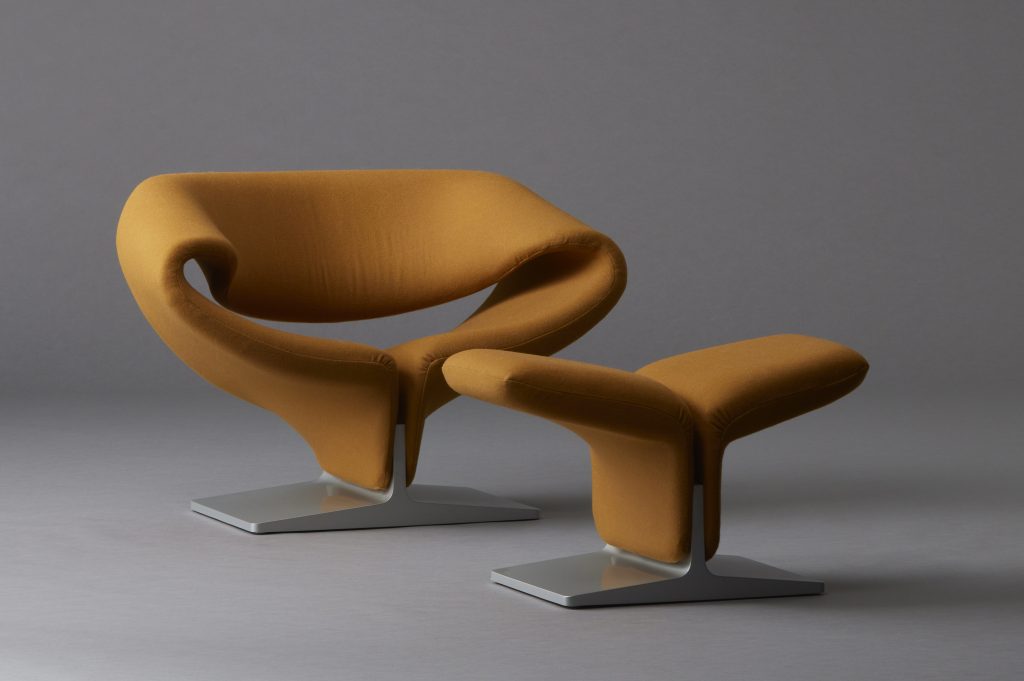
Each year throughout the greater Palm Springs area, Modernism Week celebrates mid-century architecture and design through events, tours and exhibitions. During the recent preview weekend (offering a look at the upcoming February 2022 event), a ride on the double-decker bus tour drove past palm trees and high hedges to reveal examples of significant mid-century wonders. Upon climbing up the bus stairs, riders were handed a glossary of Modernist design terms. First on the list: “adaptive reuse,” a designation realized in the transformation of the 1961 E Stewart Williams Santa Fe Savings and Loan building on Palm Canyon Drive. In 2014, Marmol Radziner fully restored this classic structure, which now houses the Palm Springs Art Museum Architecture and Design Center. Currently on view inside this Class 1 Historic Site (as designated by the Palm Springs City Council) is an exhibition entitled The Modern Chair.
We spoke with curator Brad Dunning along with Eames office director, Eames Demetrios, to better understand how the show was organized, and to learn about the significance of chairs within the evolution of contemporary architecture and furniture design.
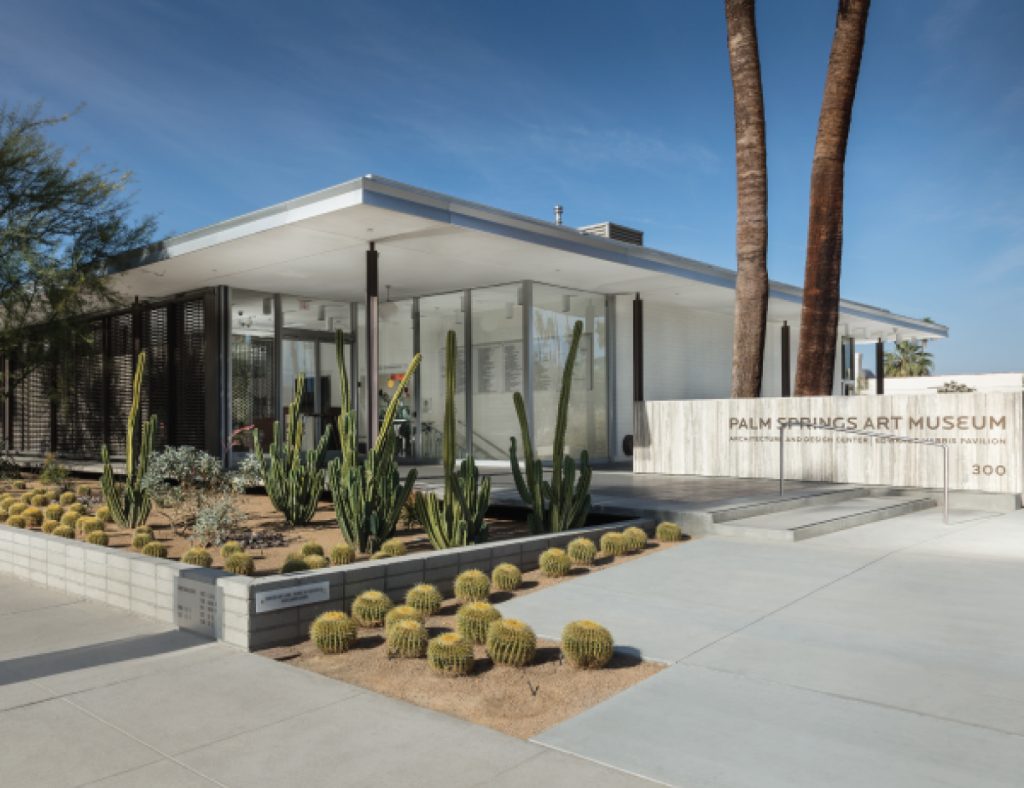
First, Dunning was—perhaps unsurprisingly—inspired by the Williams building. “The space is like a glowing white box. White terrazzo floors bounce light up. The white ceiling bounces light down. White translucent solar shades filter light through the all-glass walls. It is truly the closest thing Palm Springs has to a Farnsworth house or Case Study 22 house.” he says. “Actually it is most like a mini of Mies’ Berlin Neue Nationalgalerie, except all white.”
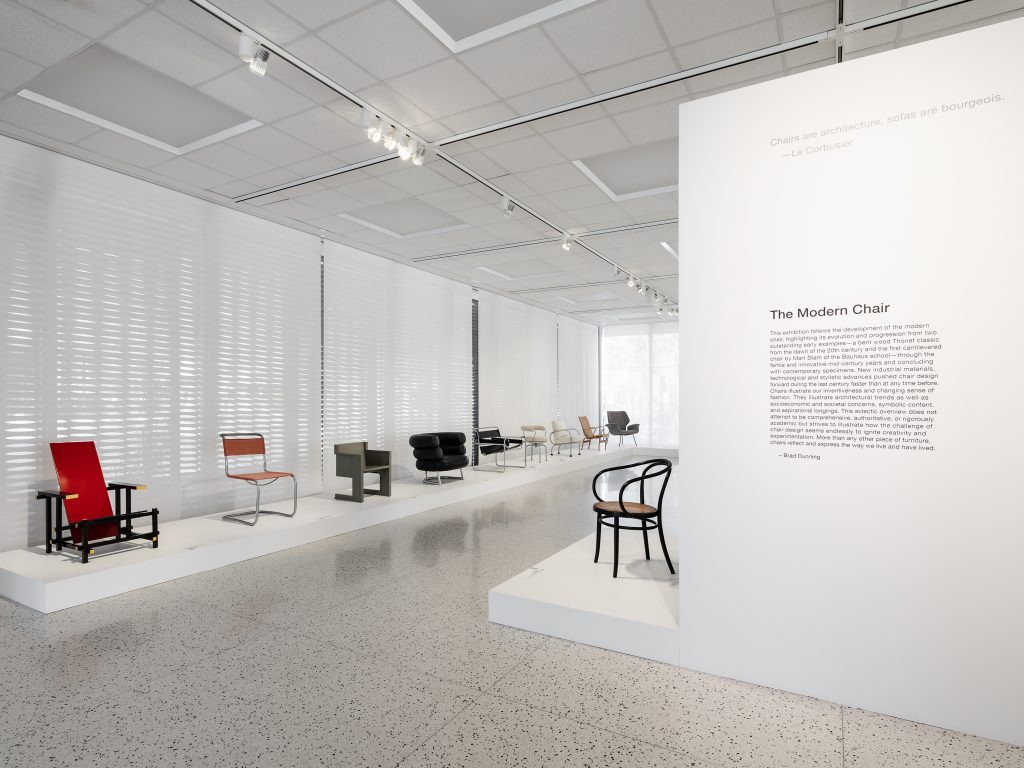
For the exhibition, Dunning chose 50 examples of 20th century chairs to illustrate the evolution of contemporary chair design—beginning with Thonet’s B9 bentwood chair from the early 1900s. “I arranged the chairs on continuous low pedestals, chronologically, all spaced the same distance apart, facing the viewer clinically so they appear equally important in presentation. I wanted everything to drop out, so that everything is white except the chairs themselves,” he says. Beyond Thonet, the galleries display chairs from Charles and Ray Eames, Rudolph Schindler, Charlotte Perriand for Le Corbusier, Pierre Paulin, Olivier Mourgue, Eileen Gray, George Nakashima and more, with a central room showcasing chairs by Californian designers.
“I like the fact that the exhibit starts with the Thonet chair,” Demetrios tells us. “If you look at it as a continuum, you look at those chairs as figuring out how to mold wood in a line. Then you look at the Aalto chairs and that’s two-dimensional. And then you have Charles and Ray’s chairs which are adding that third dimension. By choosing to start with the Thonet chair, it makes one have to weigh the way materiality affected the modern movement and that awareness of new materials. Ray and Charles wanted to figure out how these materials could make better more useful chairs for people. And useful can be beautiful.”
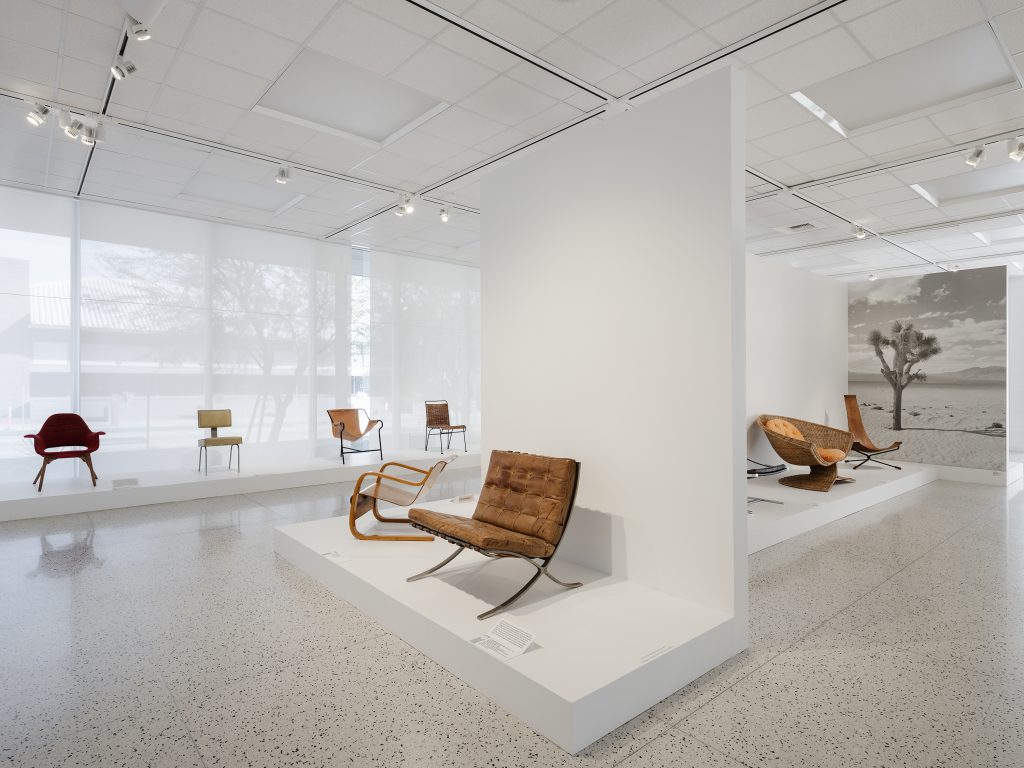
When asked to look at the museum’s collection of chairs, Dunning was surprised by the number of unique and varied examples. “They had a Terje Ekström in unusually fine condition and one by a particular favorite of mine, the avant-garde French designer Roger Tallon. They showed me one of the most beautiful and original Hans Wegner ‘Round’ chairs I have ever seen. The original caning and patina is just perfect,” he says. But he did feel the museum was missing some key pieces that should be part of the show, which he borrowed from various collectors and museums. “I was thrilled to show a rare and early RM Schindler chair from 1926, from the collection, but to tell the story of the modern chair you have to show a Breuer Wassily Armchair, a Saarinen Tulip and a Mies Barcelona.”
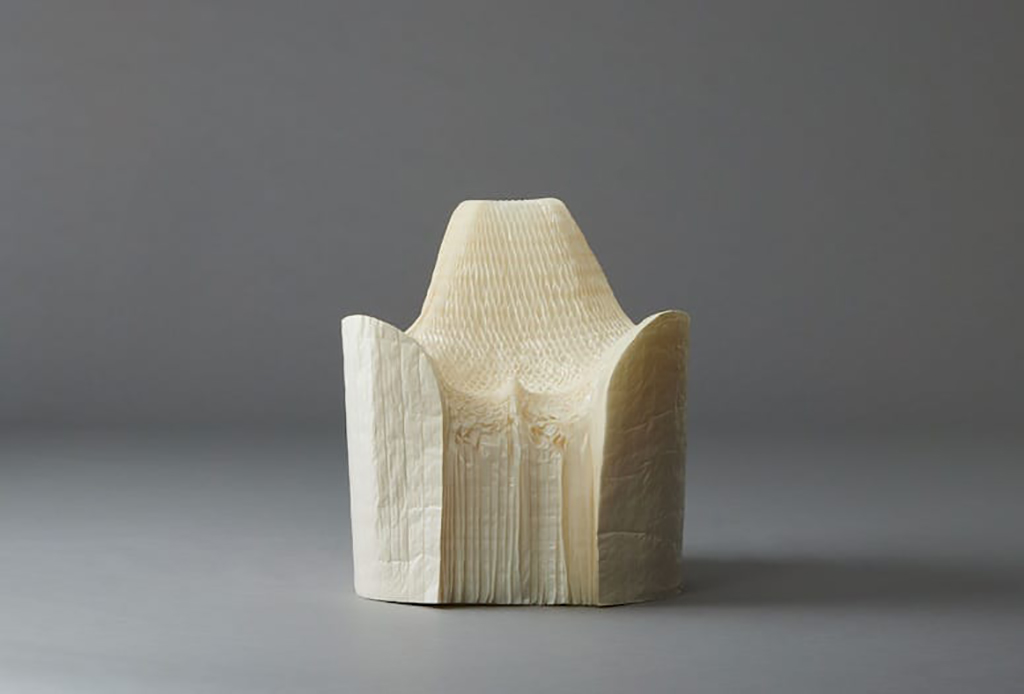
There are several standouts on view here. Harry Bertoia’s Welded Wire Side Chair is beloved for its innovative airy structure. Eileen Gray’s 1926 design, the Bibendum Armchair (named after the Michelin man mascot) boasts inviting plush, soft leather curves. The aforementioned Ekström Chair from 1972 stuns viewers, incorporating tubes of polyurethane foam-covered metal. Tokujin Yoshioka’s somewhat ghostly Honey-Pop Chair has been meticulously crafted from glassine paper.
Constructed using nickel-plated steel, leather and horsehair, only two of Mies van der Rohe’s Barcelona Chair were made for the German Pavilion at the Barcelona Exposition of 1929. This luxurious, sleek design is considered a modern masterpiece of construction, elegance and ergonomic comfort.

Looking through the light-filled space also reveals how designers beautifully utilized color—from Verner Panton’s vibrant red Heart Cone Chair (1959) to Gerrit Rietveld’s painted Red Blue Chair (1923) and Rudolph Schindler’s moss green Cantilevered Armchair (circa 1926-1940).
The Modern Chair is on now through 3 April 2022. Modernism Week runs 12-27 February 2022 and will include tours of neighborhoods, highlighting properties like Frank Sinatra’s the Movie Colony, the Frey House, the Lautner Compound, as well as numerous events and exhibitions. Visitors who see The Modern Chair at the museum can then find examples around the city in homes featuring classic mid-century modern pieces.
Hero image of Pierre Paulin’s Artifort Ribbon Chair and Ottoman courtesy of Yoshihiro Makino












